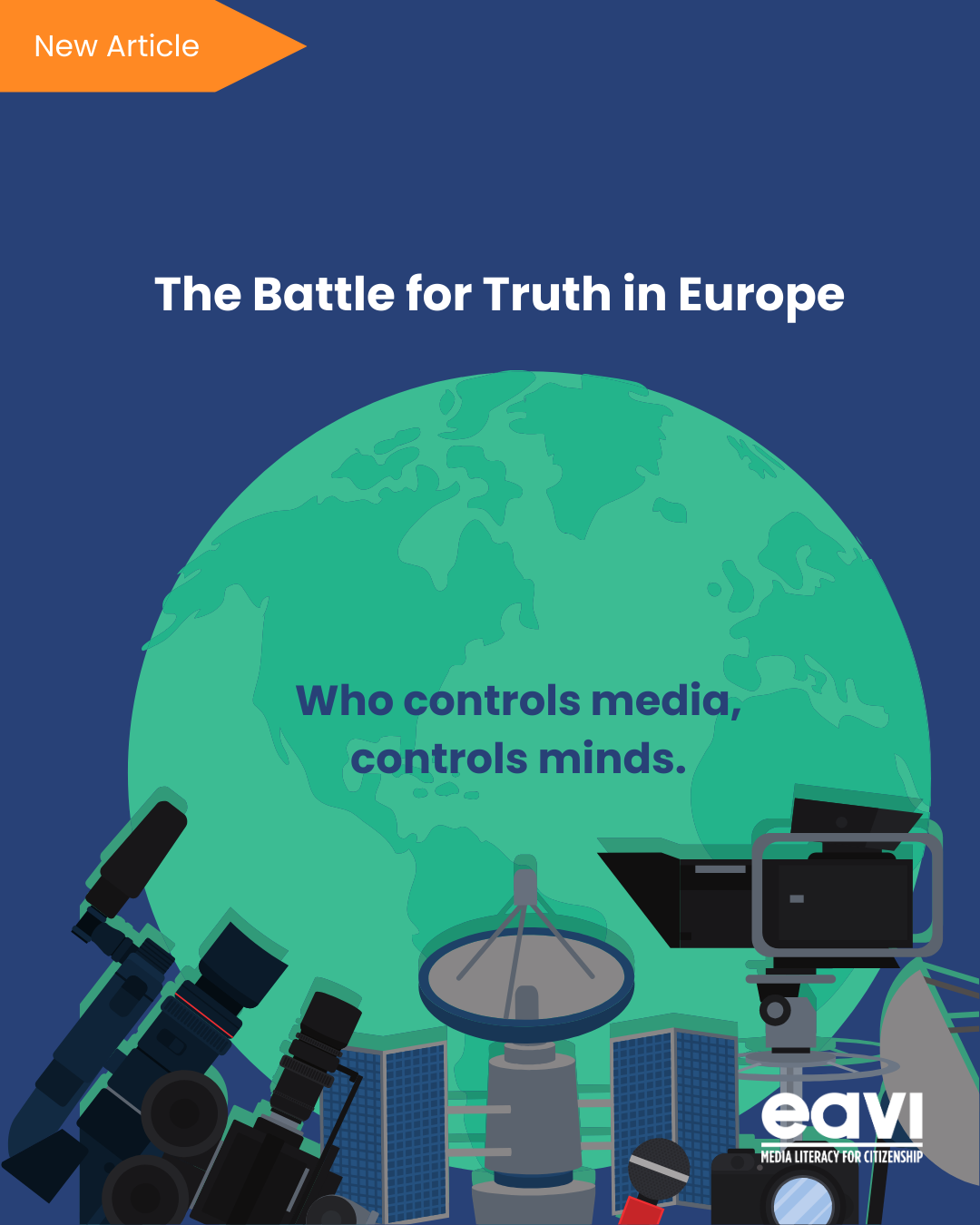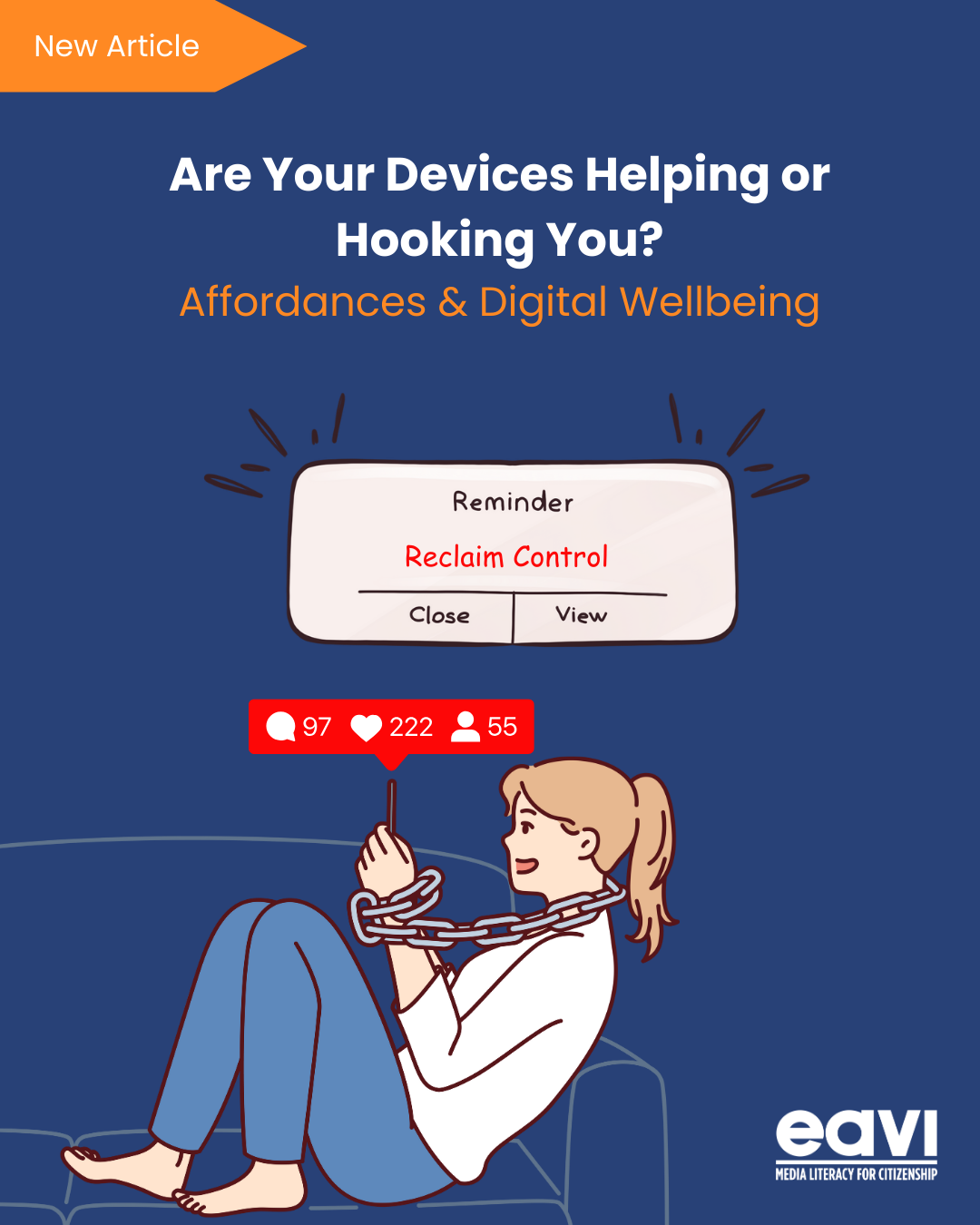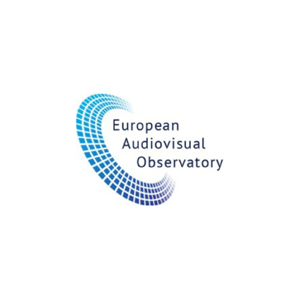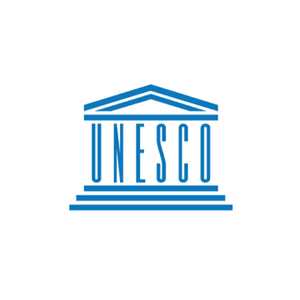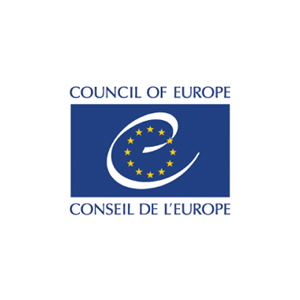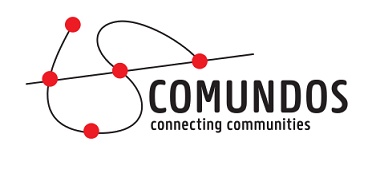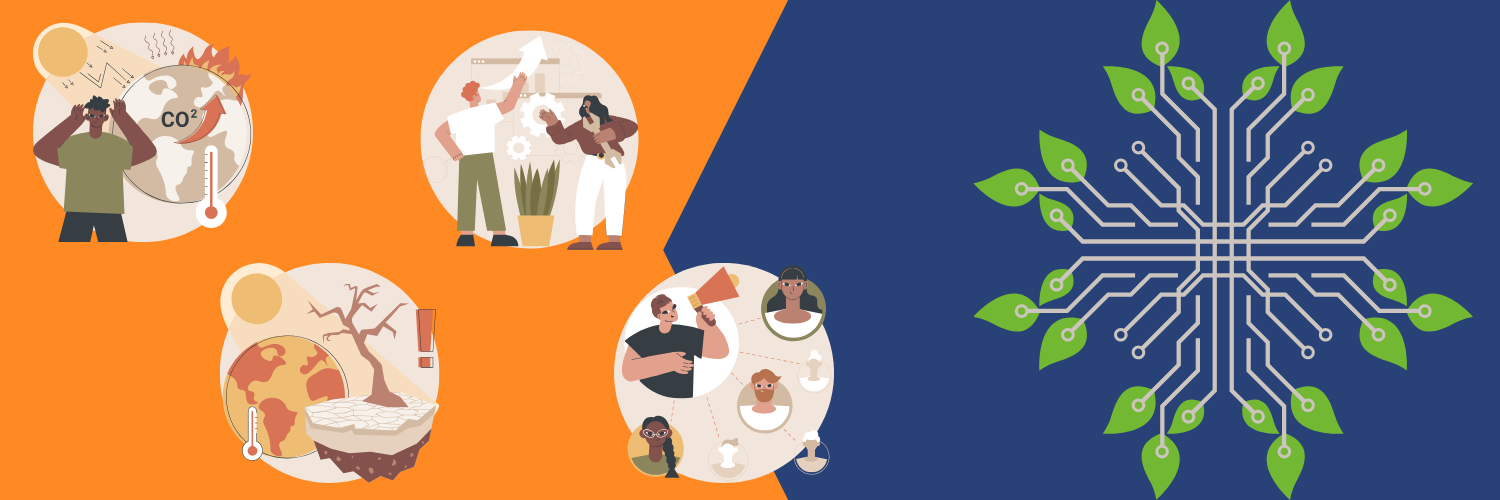
Each year, the ICT sector is responsible for approximately 3.5% of global greenhouse gas emissions. This means that the digital devices we use daily, including smartphones, laptops, and data centres, release billions of tons of carbon dioxide (CO₂) into the atmosphere, contributing significantly to climate change.
Production of a single smartphone generates around 85 kg of greenhouse gasses. To put that into perspective, this is roughly the same amount of emissions as driving a gasoline-powered car for 350 kilometres. Most of these emissions come from extracting raw materials and manufacturing hardware components like batteries, circuit boards, and screens. With nearly 1.5 billion new smartphones produced each year, the collective impact is rising, and more and more greenhouse gasses are being produced. Manufacturing these phones requires thousands of tons of lithium, cobalt, nickel, and rare earth metals, which are extracted through mining. This process leads to severe environmental damage, such as draining water sources, polluting rivers, and deforesting large areas.
Despite these alarming figures, the ecological impact of ICT remains largely overlooked in media literacy discussions. As digital devices become indispensable, understanding their environmental consequences becomes even more critical. We need more education and awareness of the sustainability of digital media technologies.
That’s why we need ecomedia literacy to think critically about the environmental impact of media technologies.
What is Ecomedia?
Ecomedia is an emerging field focusing on the intersection of environment and media. It examines how media influences and is influenced by human interaction with nature, recognising that media cannot be separated from the material and environmental conditions it produces. By acknowledging this reciprocal relationship, ecomedia positions media as both a contributor and a potential solution to the ecological crisis.
To understand how the media can be part of the solution, we first need to examine how it contributes to the current climate crisis and how we can minimise this. The impact of media technologies on the climate crisis can be explored through footprints and mindprints.
Ecomedia Footprint
Ecomedia footprint refers to the ecological disturbances caused by our use of digital media.
The media technologies we use daily have a significant physical impact on the environment. Simple actions like charging our phones, streaming music, or watching videos consume vast amounts of energy, often sourced from non-renewable resources. Yet, we rarely stop considering the environmental cost of our digital habits.
Beyond energy consumption, producing these devices requires an extensive range of natural resources, including common metals like copper, gold, and silver, as well as rare and toxic elements such as uranium and mercury. The extraction of these materials often occurs in biodiverse regions, leading to deforestation, pollution, and irreversible damage to ecosystems.
Furthermore, the average lifespan of a smartphone is only about two years, and alarmingly, only 10% of Europeans recycle their old phones. As technology advances rapidly, many devices become outdated, contributing to a growing accumulation of e-waste, which increases exposure to toxic chemicals and increases health risks when combined with harmful mining practices.
In addition to smartphones’ environmental impact, media infrastructures also significantly contribute to ecological damage. Data centres and cloud infrastructures are major consumers of electricity, operating 24/7 to meet the demands of the digital world. The energy required to keep these systems running is immense, often sourced from non-renewable sources. In addition, AI technology has become a great addition to this energy consumption. While we use Chat GPT every day, we are not aware that simple information exchange on Chat GPT requires 1 litre of water.
Besides the ecomedia footprint, media technologies have less tangible impacts on the ecology. These impacts may not directly affect the climate, but they influence how we think about and act within the environment, shaping our environmental ideology.
Ecomedia Mindprint
While media and communication technologies affect the environment to such an extent, it is inevitable that they also affect people’s way of life and values. With media integrated into every aspect of our lives, we cannot help but unconsciously let it influence our values and how we live as a society.
What we see in the mainstream media is the product of an ideology that mostly reinforces the consumerist way of living because that profits the owner of media production and distribution. By disseminating consumerism values, people are motivated to buy, watch, and simply consume all the media products, which adds to the enormous environmental footprint of media technology.
We are connected to our surroundings through the lens media provides. This mediated window shapes how we perceive and relate to the environment, often presenting a distorted reality. Media platforms curate representations of human bodies and lifestyles that influence how we dress, decorate our homes, and construct our sense of self. Similarly, the depictions of nature and the environment we encounter are not objective truths but carefully crafted narratives shaped by those who manage these platforms. The image of the environment in our heads is not neutral; it is intentionally shaped by the interests and views of media owners, influencing not only what we see but also how we relate to nature.
But how can we use media and communication technologies to take action against climate change?
In his book “Ecomedia Literacy: Integrating ecology into media education”, Antonio López introduces the ecological aspect of media literacy and argues that traditional media literacy tends to centre ICT and digital media platforms, overlooking the broader environmental and ecological context in which media and communication technologies exist. As the suggestion goes, integrating ecological perspectives into media literacy practices and ideologies is becoming crucial. Raising awareness on how ICT companies conduct propaganda campaigns to promote consumerism and thus contribute to e-waste accumulation and heavy metal mining is as important as informing people how political propaganda influences their social behaviour.
Disinformation is not limited to politics, health-related issues or the economy, but it extends to climate-related issues. There is abundant content on X (formerly Twitter) or YouTube denying climate change and global warming. With ecomedia literacy, we can warn people against these false claims. By raising awareness on how media shapes our perception of the environment and how it is, in return, shaped by the interest of big companies, we can empower people to have a more conscious and ecological media consumption.
If you would like to have more information and delve into how we can integrate ecological aspects in media literacy practices, you are more than welcome to join us at Voices, European Festival of Journalism and Media Literacy, between 28 February and 1 March 2025. Antonio Lopez will join us as a speaker on the panel “Looking for harmony: digital well-being for the world and us” to reflect on how media shapes perceptions of climate change and to empower critical engagement with environmental media.
–
Resources
Routledge Handbook of Ecomedia Studies
Antonio Lopez – Ecomedia Literacy
Claire Fernandez and Katharina Wiese – The mirage of EU techno-solutionism to the climate crisis
Ecomedia Literacy: Decolonizing Media and the Climate Emergency

Each year, the ICT sector is responsible for approximately 3.5% of global greenhouse gas emissions. This means that the digital devices we use daily, including smartphones, laptops, and data centres, release billions of tons of carbon dioxide (CO₂) into the atmosphere, contributing significantly to climate change.
Production of a single smartphone generates around 85 kg of greenhouse gasses. To put that into perspective, this is roughly the same amount of emissions as driving a gasoline-powered car for 350 kilometres. Most of these emissions come from extracting raw materials and manufacturing hardware components like batteries, circuit boards, and screens. With nearly 1.5 billion new smartphones produced each year, the collective impact is rising, and more and more greenhouse gasses are being produced. Manufacturing these phones requires thousands of tons of lithium, cobalt, nickel, and rare earth metals, which are extracted through mining. This process leads to severe environmental damage, such as draining water sources, polluting rivers, and deforesting large areas.
Despite these alarming figures, the ecological impact of ICT remains largely overlooked in media literacy discussions. As digital devices become indispensable, understanding their environmental consequences becomes even more critical. We need more education and awareness of the sustainability of digital media technologies.
That’s why we need ecomedia literacy to think critically about the environmental impact of media technologies.
What is Ecomedia?
Ecomedia is an emerging field focusing on the intersection of environment and media. It examines how media influences and is influenced by human interaction with nature, recognising that media cannot be separated from the material and environmental conditions it produces. By acknowledging this reciprocal relationship, ecomedia positions media as both a contributor and a potential solution to the ecological crisis.
To understand how the media can be part of the solution, we first need to examine how it contributes to the current climate crisis and how we can minimise this. The impact of media technologies on the climate crisis can be explored through footprints and mindprints.
Ecomedia Footprint
Ecomedia footprint refers to the ecological disturbances caused by our use of digital media.
The media technologies we use daily have a significant physical impact on the environment. Simple actions like charging our phones, streaming music, or watching videos consume vast amounts of energy, often sourced from non-renewable resources. Yet, we rarely stop considering the environmental cost of our digital habits.
Beyond energy consumption, producing these devices requires an extensive range of natural resources, including common metals like copper, gold, and silver, as well as rare and toxic elements such as uranium and mercury. The extraction of these materials often occurs in biodiverse regions, leading to deforestation, pollution, and irreversible damage to ecosystems.
Furthermore, the average lifespan of a smartphone is only about two years, and alarmingly, only 10% of Europeans recycle their old phones. As technology advances rapidly, many devices become outdated, contributing to a growing accumulation of e-waste, which increases exposure to toxic chemicals and increases health risks when combined with harmful mining practices.
In addition to smartphones’ environmental impact, media infrastructures also significantly contribute to ecological damage. Data centres and cloud infrastructures are major consumers of electricity, operating 24/7 to meet the demands of the digital world. The energy required to keep these systems running is immense, often sourced from non-renewable sources. In addition, AI technology has become a great addition to this energy consumption. While we use Chat GPT every day, we are not aware that simple information exchange on Chat GPT requires 1 litre of water.
Besides the ecomedia footprint, media technologies have less tangible impacts on the ecology. These impacts may not directly affect the climate, but they influence how we think about and act within the environment, shaping our environmental ideology.
Ecomedia Mindprint
While media and communication technologies affect the environment to such an extent, it is inevitable that they also affect people’s way of life and values. With media integrated into every aspect of our lives, we cannot help but unconsciously let it influence our values and how we live as a society.
What we see in the mainstream media is the product of an ideology that mostly reinforces the consumerist way of living because that profits the owner of media production and distribution. By disseminating consumerism values, people are motivated to buy, watch, and simply consume all the media products, which adds to the enormous environmental footprint of media technology.
We are connected to our surroundings through the lens media provides. This mediated window shapes how we perceive and relate to the environment, often presenting a distorted reality. Media platforms curate representations of human bodies and lifestyles that influence how we dress, decorate our homes, and construct our sense of self. Similarly, the depictions of nature and the environment we encounter are not objective truths but carefully crafted narratives shaped by those who manage these platforms. The image of the environment in our heads is not neutral; it is intentionally shaped by the interests and views of media owners, influencing not only what we see but also how we relate to nature.
But how can we use media and communication technologies to take action against climate change?
In his book “Ecomedia Literacy: Integrating ecology into media education”, Antonio López introduces the ecological aspect of media literacy and argues that traditional media literacy tends to centre ICT and digital media platforms, overlooking the broader environmental and ecological context in which media and communication technologies exist. As the suggestion goes, integrating ecological perspectives into media literacy practices and ideologies is becoming crucial. Raising awareness on how ICT companies conduct propaganda campaigns to promote consumerism and thus contribute to e-waste accumulation and heavy metal mining is as important as informing people how political propaganda influences their social behaviour.
Disinformation is not limited to politics, health-related issues or the economy, but it extends to climate-related issues. There is abundant content on X (formerly Twitter) or YouTube denying climate change and global warming. With ecomedia literacy, we can warn people against these false claims. By raising awareness on how media shapes our perception of the environment and how it is, in return, shaped by the interest of big companies, we can empower people to have a more conscious and ecological media consumption.
If you would like to have more information and delve into how we can integrate ecological aspects in media literacy practices, you are more than welcome to join us at Voices, European Festival of Journalism and Media Literacy, between 28 February and 1 March 2025. Antonio Lopez will join us as a speaker on the panel “Looking for harmony: digital well-being for the world and us” to reflect on how media shapes perceptions of climate change and to empower critical engagement with environmental media.
–
Resources
Routledge Handbook of Ecomedia Studies
Antonio Lopez – Ecomedia Literacy
Claire Fernandez and Katharina Wiese – The mirage of EU techno-solutionism to the climate crisis
Ecomedia Literacy: Decolonizing Media and the Climate Emergency

Each year, the ICT sector is responsible for approximately 3.5% of global greenhouse gas emissions. This means that the digital devices we use daily, including smartphones, laptops, and data centres, release billions of tons of carbon dioxide (CO₂) into the atmosphere, contributing significantly to climate change.
Production of a single smartphone generates around 85 kg of greenhouse gasses. To put that into perspective, this is roughly the same amount of emissions as driving a gasoline-powered car for 350 kilometres. Most of these emissions come from extracting raw materials and manufacturing hardware components like batteries, circuit boards, and screens. With nearly 1.5 billion new smartphones produced each year, the collective impact is rising, and more and more greenhouse gasses are being produced. Manufacturing these phones requires thousands of tons of lithium, cobalt, nickel, and rare earth metals, which are extracted through mining. This process leads to severe environmental damage, such as draining water sources, polluting rivers, and deforesting large areas.
Despite these alarming figures, the ecological impact of ICT remains largely overlooked in media literacy discussions. As digital devices become indispensable, understanding their environmental consequences becomes even more critical. We need more education and awareness of the sustainability of digital media technologies.
That’s why we need ecomedia literacy to think critically about the environmental impact of media technologies.
What is Ecomedia?
Ecomedia is an emerging field focusing on the intersection of environment and media. It examines how media influences and is influenced by human interaction with nature, recognising that media cannot be separated from the material and environmental conditions it produces. By acknowledging this reciprocal relationship, ecomedia positions media as both a contributor and a potential solution to the ecological crisis.
To understand how the media can be part of the solution, we first need to examine how it contributes to the current climate crisis and how we can minimise this. The impact of media technologies on the climate crisis can be explored through footprints and mindprints.
Ecomedia Footprint
Ecomedia footprint refers to the ecological disturbances caused by our use of digital media.
The media technologies we use daily have a significant physical impact on the environment. Simple actions like charging our phones, streaming music, or watching videos consume vast amounts of energy, often sourced from non-renewable resources. Yet, we rarely stop considering the environmental cost of our digital habits.
Beyond energy consumption, producing these devices requires an extensive range of natural resources, including common metals like copper, gold, and silver, as well as rare and toxic elements such as uranium and mercury. The extraction of these materials often occurs in biodiverse regions, leading to deforestation, pollution, and irreversible damage to ecosystems.
Furthermore, the average lifespan of a smartphone is only about two years, and alarmingly, only 10% of Europeans recycle their old phones. As technology advances rapidly, many devices become outdated, contributing to a growing accumulation of e-waste, which increases exposure to toxic chemicals and increases health risks when combined with harmful mining practices.
In addition to smartphones’ environmental impact, media infrastructures also significantly contribute to ecological damage. Data centres and cloud infrastructures are major consumers of electricity, operating 24/7 to meet the demands of the digital world. The energy required to keep these systems running is immense, often sourced from non-renewable sources. In addition, AI technology has become a great addition to this energy consumption. While we use Chat GPT every day, we are not aware that simple information exchange on Chat GPT requires 1 litre of water.
Besides the ecomedia footprint, media technologies have less tangible impacts on the ecology. These impacts may not directly affect the climate, but they influence how we think about and act within the environment, shaping our environmental ideology.
Ecomedia Mindprint
While media and communication technologies affect the environment to such an extent, it is inevitable that they also affect people’s way of life and values. With media integrated into every aspect of our lives, we cannot help but unconsciously let it influence our values and how we live as a society.
What we see in the mainstream media is the product of an ideology that mostly reinforces the consumerist way of living because that profits the owner of media production and distribution. By disseminating consumerism values, people are motivated to buy, watch, and simply consume all the media products, which adds to the enormous environmental footprint of media technology.
We are connected to our surroundings through the lens media provides. This mediated window shapes how we perceive and relate to the environment, often presenting a distorted reality. Media platforms curate representations of human bodies and lifestyles that influence how we dress, decorate our homes, and construct our sense of self. Similarly, the depictions of nature and the environment we encounter are not objective truths but carefully crafted narratives shaped by those who manage these platforms. The image of the environment in our heads is not neutral; it is intentionally shaped by the interests and views of media owners, influencing not only what we see but also how we relate to nature.
But how can we use media and communication technologies to take action against climate change?
In his book “Ecomedia Literacy: Integrating ecology into media education”, Antonio López introduces the ecological aspect of media literacy and argues that traditional media literacy tends to centre ICT and digital media platforms, overlooking the broader environmental and ecological context in which media and communication technologies exist. As the suggestion goes, integrating ecological perspectives into media literacy practices and ideologies is becoming crucial. Raising awareness on how ICT companies conduct propaganda campaigns to promote consumerism and thus contribute to e-waste accumulation and heavy metal mining is as important as informing people how political propaganda influences their social behaviour.
Disinformation is not limited to politics, health-related issues or the economy, but it extends to climate-related issues. There is abundant content on X (formerly Twitter) or YouTube denying climate change and global warming. With ecomedia literacy, we can warn people against these false claims. By raising awareness on how media shapes our perception of the environment and how it is, in return, shaped by the interest of big companies, we can empower people to have a more conscious and ecological media consumption.
If you would like to have more information and delve into how we can integrate ecological aspects in media literacy practices, you are more than welcome to join us at Voices, European Festival of Journalism and Media Literacy, between 28 February and 1 March 2025. Antonio Lopez will join us as a speaker on the panel “Looking for harmony: digital well-being for the world and us” to reflect on how media shapes perceptions of climate change and to empower critical engagement with environmental media.
–
Resources
Routledge Handbook of Ecomedia Studies
Antonio Lopez – Ecomedia Literacy
Claire Fernandez and Katharina Wiese – The mirage of EU techno-solutionism to the climate crisis
Ecomedia Literacy: Decolonizing Media and the Climate Emergency

